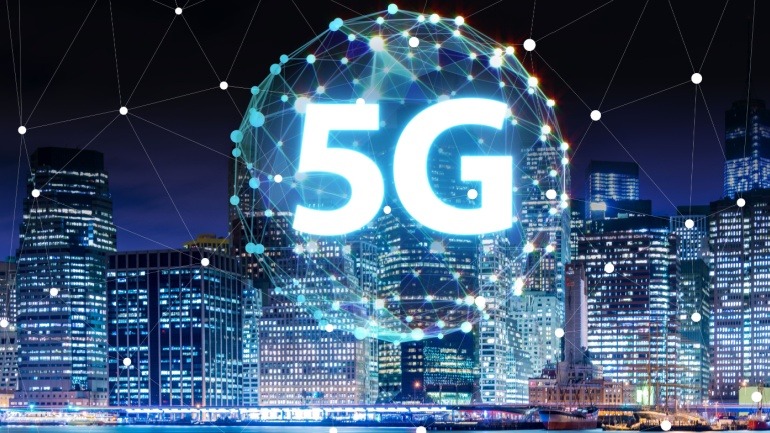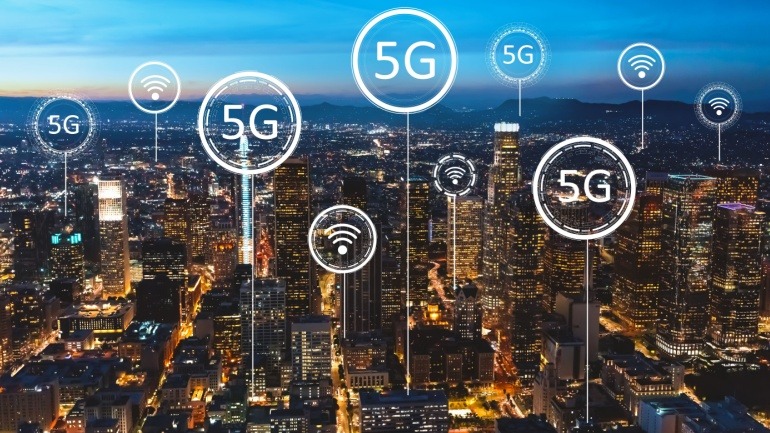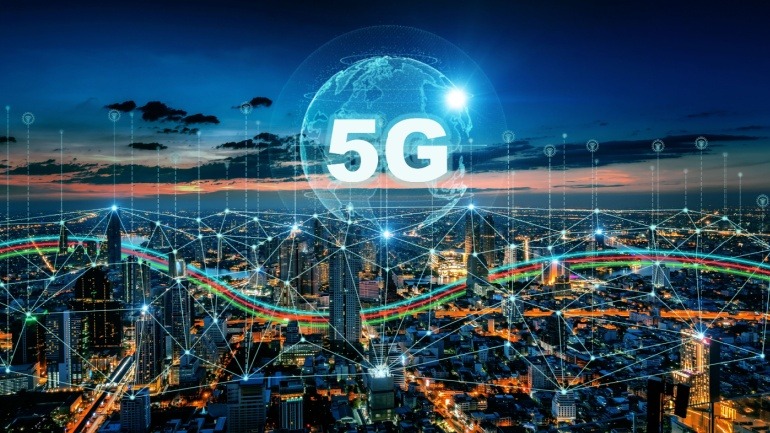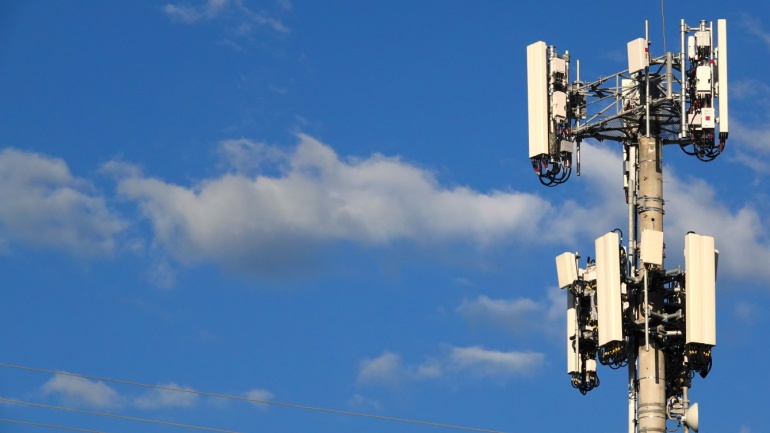Siemens is pioneering a unique solution by selling segments of O2 Telefónica’s public 5G network to water utilities in Germany. By leveraging 5G network slicing, Siemens aims to enhance connectivity for geographically dispersed operations. This strategic move promises efficient, secure integration, vital for the sector’s AI-driven automation goals.
O2 Germany is rapidly expanding its rural 5G network, adding 1,600 improvements and 100 new sites. Now covering over 97% of Germany’s population, the expansion enhances connectivity in both urban and remote areas. O2 aims to boost network capacity and improve service along transport routes.
EE’s 5G Standalone network expansion in the UK aims to cover 50 cities by month’s end, enhancing connectivity for 28 million people. Offering better 5G availability in regions like Milton Keynes and Sunderland, users will experience smoother video calls, streaming, and gaming, provided they have compatible smartphones from major brands.
T-Mobile US is pioneering advancements in 5G Advanced technology with breakthrough field tests utilizing six-component carrier aggregation. These tests leveraged Nokia and Qualcomm technologies, achieving downlink speeds of 6.3 Gbps, showcasing the future potential of 5G networks.
O2 Telefónica Germany strengthens its 5G network capabilities by partnering with Amazon Web Services (AWS). This collaboration enhances its standalone 5G core, utilizing AWS Outposts to efficiently handle network-intensive workloads.
G REIGNS, HTC Group’s subsidiary, collaborates with Nissan to deploy a private 5G network, boosting augmented reality VR capabilities in manufacturing. This bespoke setup leverages HTC’s VIVE VR tech, revolutionizing design and production.
Bharti Airtel and Ericsson are collaboratively advancing 5G Core networks in India, marking a significant step in the telecom sector. By integrating Ericsson’s dual-mode 5G core, Airtel aims to enhance network slicing-based services, API exposure, and 5G Standalone capabilities.
Chunghwa Telecom and Ericsson have unveiled an advanced 5G network slicing solution, enabling enterprises to activate customized network slices on demand. This innovation enhances network performance, flexibility, and efficiency for critical operations.
Vodafone plans to expand its 5G network to cover 90% of Spain by 2025, reaching rural and urban areas alike. This rollout leverages the 700MHz frequency for better indoor coverage and faster data speeds.
Telefónica has selected Nokia to supply 4G and 5G core network services for enterprises in Spain, enhancing low-latency solutions like industrial robots and IoT. Simultaneously, Telefónica is advancing its quantum strategy with the BasQ Alliance, hosting Fujitsu’s Digital Annealer to drive innovation in finance, energy, and telecom.













